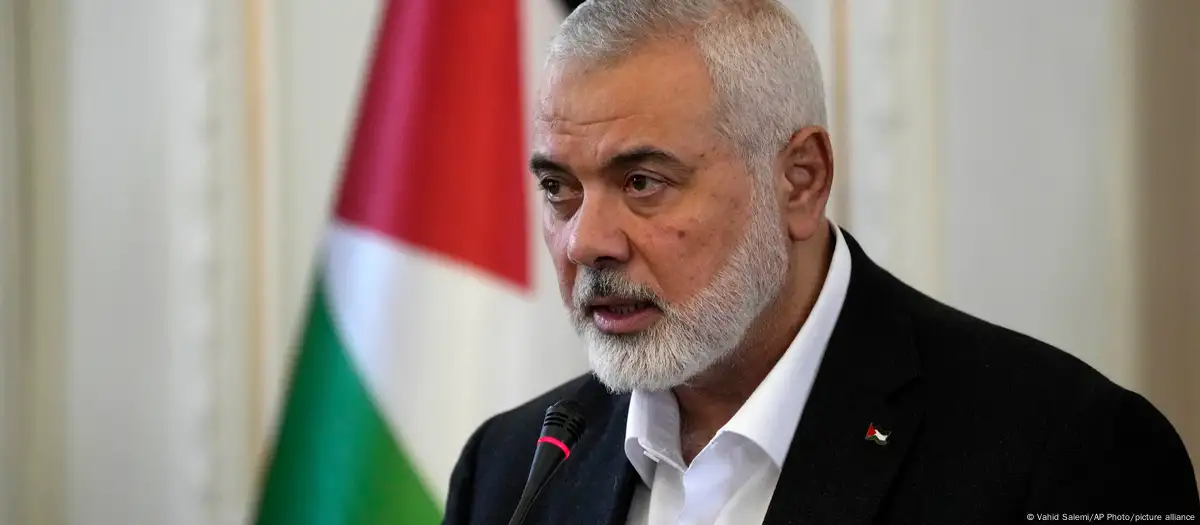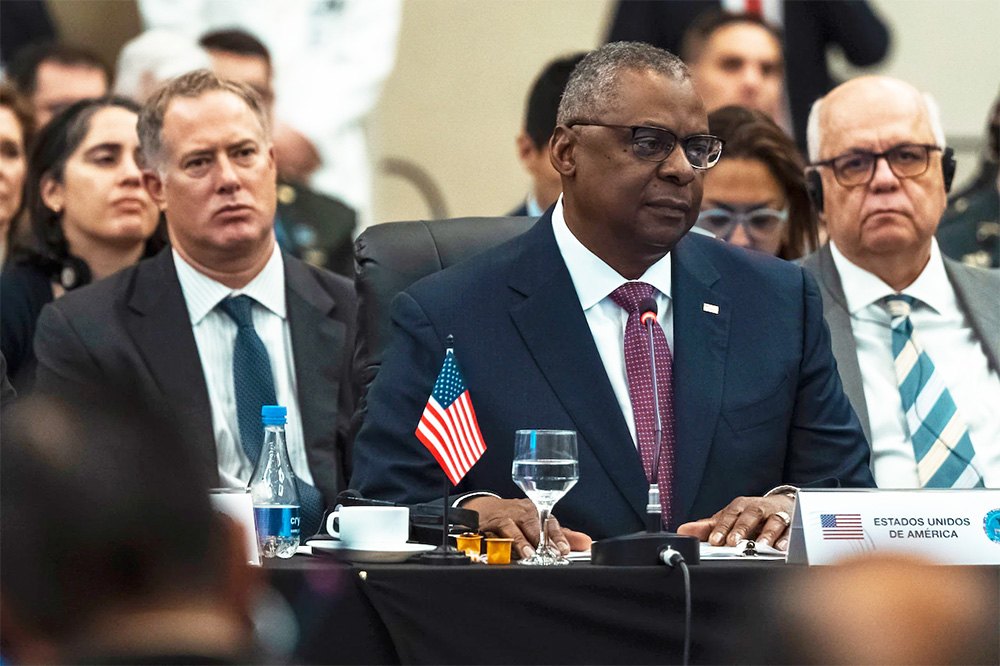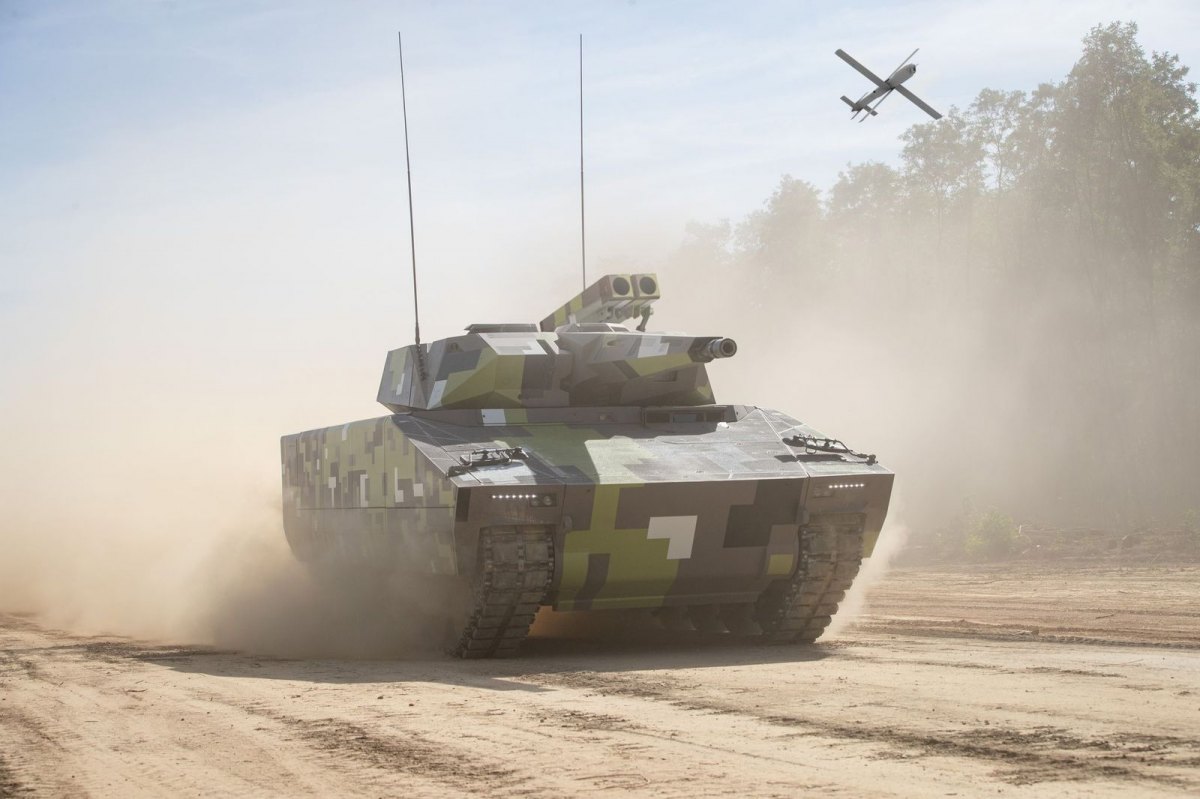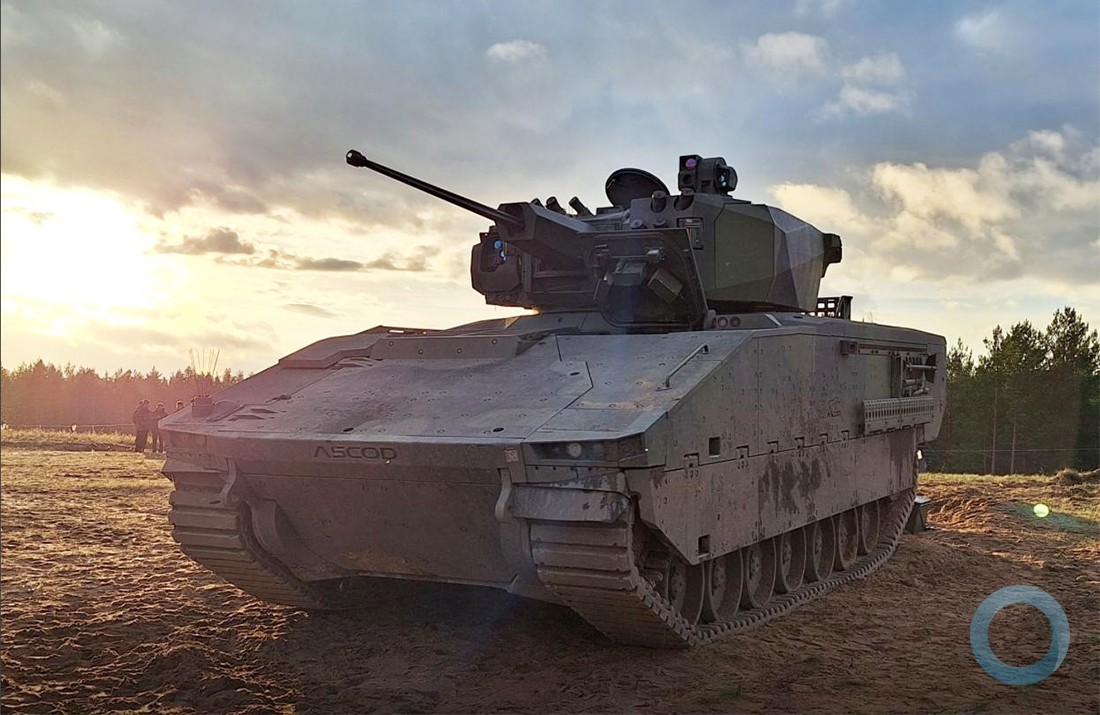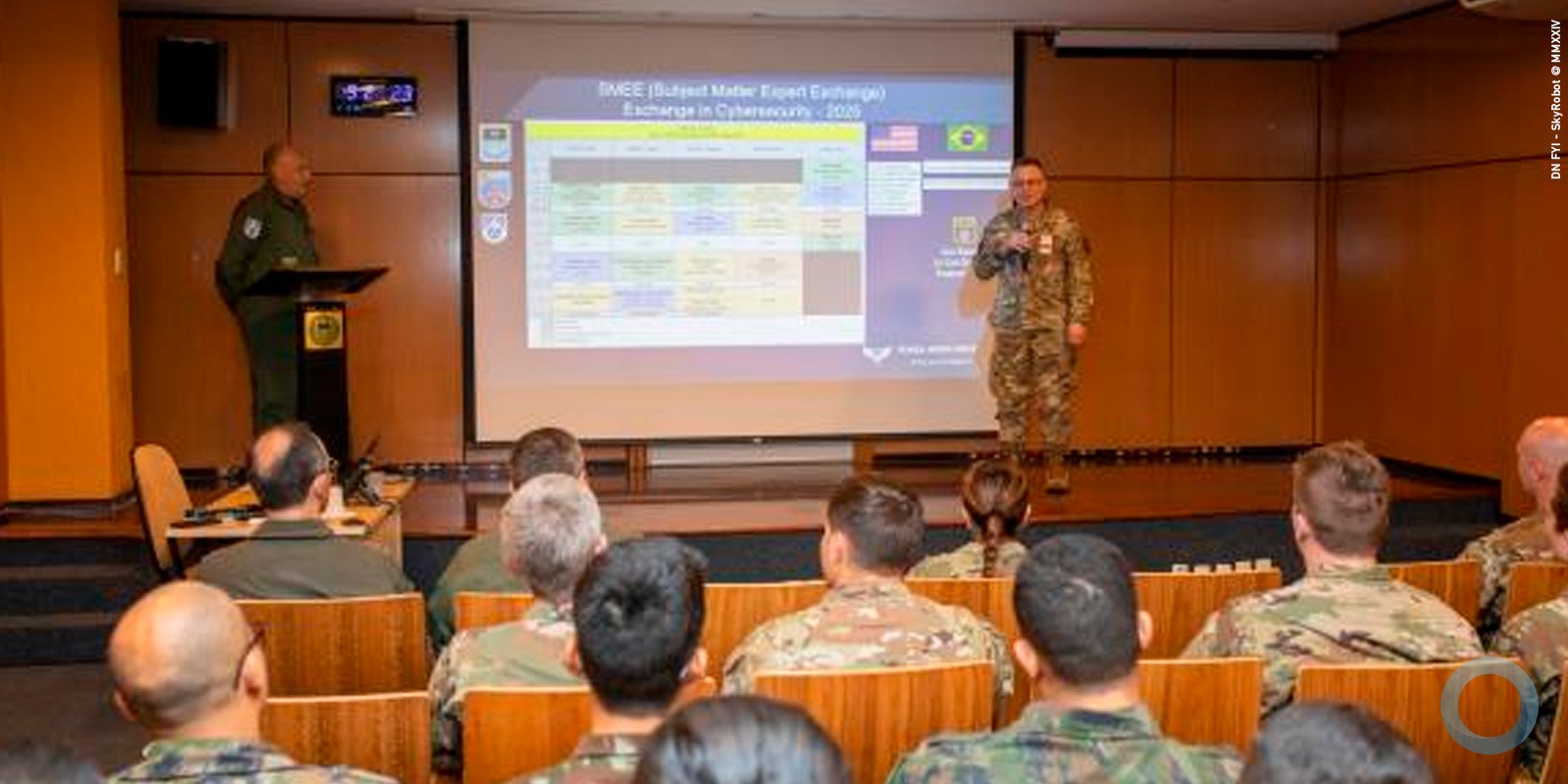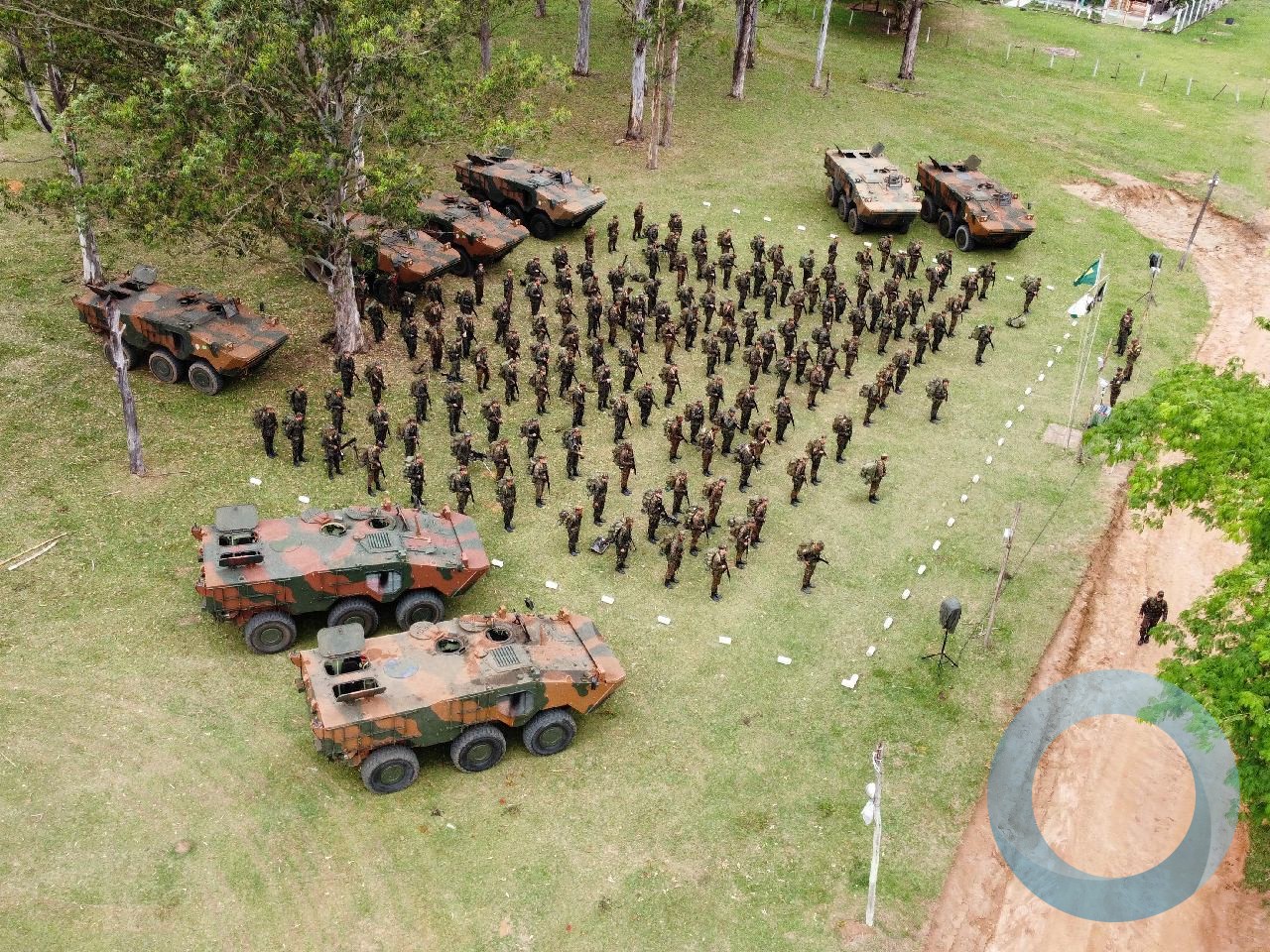Stratfor Geopolitical Diary
Washington grabbed international headlines Wednesday when it announced plans to deploy another armored brigade to Eastern Europe. This is the latest step in Operation Atlantic Resolve, the United States' effort to show its commitment to NATO's collective security in the face of Russia's growing assertiveness in Ukraine.
The plans include the nine-month deployment of 4,500 troops beginning in February as well as the withdrawal and refurbishment of some of the United States' pre-positioned equipment on the Continent. Despite the attention the combat rotation is getting, however, the U.S. military is making other moves in the region that are just as important, if not more so, in signaling its intentions for Russia.
Since Operation Atlantic Resolve began in April 2014, the United States has been rotating forces through Eastern Europe as part of joint military exercises. Though it is now planning to increase those forces, that does not necessarily mean the additional troops will affect the United States' military posture in Europe. According to the operation's current blueprints, three U.S. brigades will be deployed to the Continent at all times.
Combined with the United States' other air and naval forces, this adds up to about 60,000 U.S. military personnel in Europe, a figure that pales in comparison with the United States' Continental troop levels at other points in history. Even as recently as 2012, Washington maintained four brigades in Europe, about 10,000 more soldiers than its planned 2017 total.
And so, Washington's latest move is less about building up U.S. military might and more about undoing force cutbacks in Europe. Of course, it will also have the effect of stationing U.S. troops on Russia's doorstep. NATO's Eastern European members, having witnessed Russia's actions in Crimea and Ukraine firsthand, are particularly alarmed by the possibility of being Moscow's next target. The United States has promised to send rotations to countries such as Bulgaria, Latvia, Lithuania, Hungary, Poland and Romania to ease their fears, training and collaborating with local partners along the way.
The additional U.S. presence will enable Washington to set up a tripwire in Eastern Europe, much as it has in South Korea: If Russia launches a military operation in these countries, U.S. troops will be on the front lines — virtually guaranteeing U.S. involvement in any potential conflict. It will also reassure the United States' Eastern European partners that they will not be abandoned, while sending a clear message to Moscow that a fight with Eastern Europe will mean a fight with the United States.
Russia, already concerned about NATO's ever-expanding presence in its periphery, has responded to Washington's announcement with threats of its own troop buildup and asymmetric countermeasures. Though the promise of an additional U.S. brigade has alleviated some NATO members' fears, the Baltic states and Poland have continued to call for a permanent U.S. presence within their borders as tensions between Russia and the West keep rising.
Nevertheless, the deployment of a single U.S. brigade changes little in the grand scheme of things. According to a number of recent war games, including a comprehensive simulation by Rand Corp., NATO is hardly in the position to stop a Russian offensive in the event that war breaks out, especially if that offensive begins in the Baltics, where NATO defenses would likely be overwhelmed in a matter of hours.
The Rand simulation also calculated that at least seven NATO brigades would be required to meet even the minimum goal of slowing down Russian troops to give NATO time to gather the force needed to launch a sustained counterattack.
For the United States, having the ability to rapidly ship troops to Europe would be critical to halting and eventually turning back Russia's attacks if a large war began. At least initially, Eurasia's geography would give Russia the upper hand in an all-out war on its border until NATO could marshal its forces. As of now, NATO simply does not have enough troops in place to hold the line in a conflict with Russia without the help of U.S. reinforcements.
Taking this into consideration, the United States' recent negotiations with Iceland over reopening U.S. Naval Air Station Keflavik are particularly interesting. In the past few months, U.S. Navy commanders have consistently highlighted growing activity by Russian nuclear submarines in the Atlantic Ocean. Russian submarines often pass through a maritime choke point between Greenland, Iceland and the United Kingdom known as the GIUK gap — a familiar term to any Cold War historian.
The United States, both then and now, fears that Russian submarines passing through the GIUK gap could try to interdict its Atlantic logistics lines, which Washington would have to use (in addition to strategic transport aircraft) to reinforce Europe. The United States' planned deployment of P-8 anti-submarine aircraft to Iceland will reinforce and eventually replace the P-3 aircraft currently monitoring the GIUK gap.
The movement of a U.S. combat brigade to Eastern Europe sends a clear message, both of reassurance to U.S. partners and of deterrence to Russia, while reinforcing NATO allies that continue to rely on the U.S. military in the face of significant defense budget cuts at home. But an update on what is essentially a long-standing military rotation should not cause us to lose sight of the bigger picture.
Besides the erection of a U.S. tripwire in Eastern Europe, the latest brigade deployment will not change the military balance between NATO and Russia. The same cannot be said of U.S. deployments in Iceland or possible commitments in July by NATO to match U.S. troop levels, which stand to have a much bigger impact on the outcome of any future conflict with Russia.





